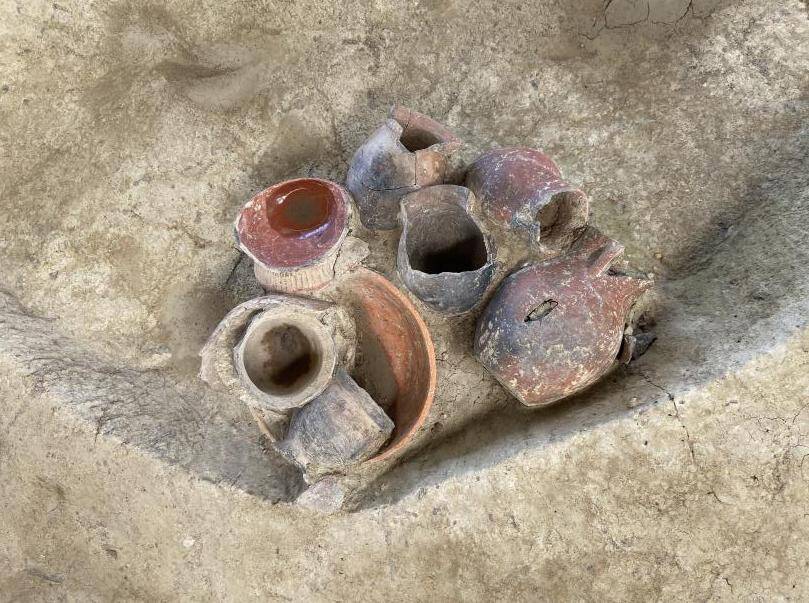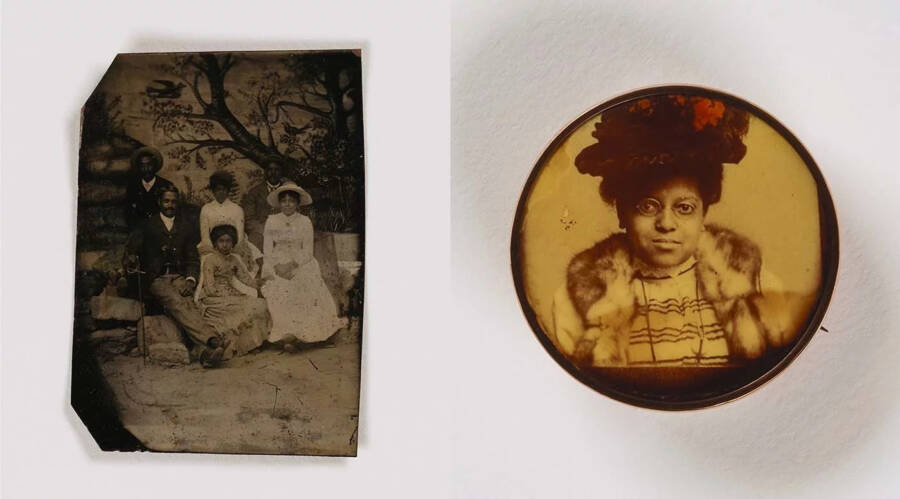9,000-year-old beer residue unearthed in China, Neolithic cemetery uncovered in Transylvania, rare collection of early images by Black photographers acquired by the Smithsonian.
Archaeologists Find Traces Of 9,000-Year-Old Beer Buried Alongside Two Skeletons In China

Jiajing WangWhile digging in the region of Qiaotou, archaeologists found several 9,000-year-old drinking vessels containing traces of beer, alongside a host of other pottery as well as two human skeletons.
Some 9,000 years ago, the largely nomadic hunter-gatherers who inhabited what is now southern China were still thousands of years away from domesticating even basic staple crops like rice. But, according to astounding new evidence, that didn’t stop them from using what little rice they were able to harvest from making beer.
While digging in the region of Qiaotou, archaeologists found several 9,000-year-old drinking vessels containing traces of beer, alongside a host of other pottery as well as two human skeletons. Experts believe that, although the beer-making process was extremely labor-intensive, the people who made it put in the effort as part of a ritual to honor the passing of the two people found nearby.
Learn more about this stunning find here.
Neolithic Tomb In Transylvania Yields 6,000-Year-Old Skeletons With Urns On Their Heads

YouTube/Gherla InfoThe Neolithic skeletons were found buried with urns placed at their skulls and feet.
With a construction project in Transylvania’s capital of Cluj-Napoca set to begin, Romanian researchers combed the grounds for anything historic that could be disturbed. They found a Neolithic cemetery that was both macabre and peculiar, including 6,000-year-old skeletons — which had urns placed at their skulls and feet, likely as offerings for the afterlife.
It was unclear what precisely these vessels contained. Researchers have since posited they likely held food or drink for the deceased to nourish and replenish themselves while passing into the great beyond. Perhaps most shocking was evidence of an entirely different era found buried nearby.
Dig deeper in this report.
The Smithsonian Just Acquired Rare 19th-Century Portraits By America’s First Black Photographers

Smithsonian American Art MuseumThe collection spans 286 items and dates from the 1840s to the 1920s.
Larry West was merely looking for a hobby when he visited an antique store in Mamaroneck, New York, in 1975. Fascinated by history and the visual arts, he gravitated toward an antique daguerreotype of an African American man — and spent the next 45 years curating a collection by three of the first Black photographers in America.
That trove has now been sold to the Smithsonian American Art Museum in Washington, D.C. It consists of 286 objects, including daguerreotypes, tintypes, and photographic jewelry, and spans from the 1840s to the 1920s.
Learn more here.





